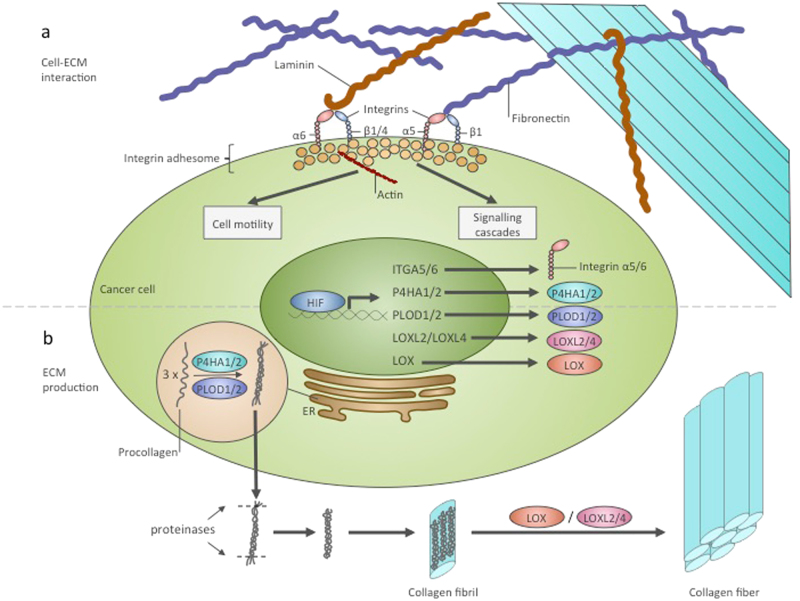Fig. 2. HIF regulates interactions of cancer cells with ECM and ECM biosynthesis.
. a Regulation of cell–ECM interactions by HIF. HIF was shown to transcriptionally induce ITGA5 and ITGA6 genes encoding integrins α5 and α6. Each integrin α subunit together with a β subunit forms a specific ECM receptor. Integrin α5β1 binds fibronectin and integrin α6β1, or α6β4 binds integrin. In the cell, integrins bind with a multi-component complex named the integrin adhesome. Some proteins of this complex can be involved in signalling cascades, and others interact with the cytoskeleton. As a result of interactions with the ECM, cells undergo alteration of their signalling networks and their motility. b HIF contributes to collagen production. P4HA1, P4HA2, PLOD1, PLOD2, LOX, LOXL2 and LOXL4 are transcriptional targets of HIF that are involved in collagen posttranslational modification. P4HA1/2 and PLOD1/2 catalyse the first step of procollagen molecule modification, which occurs in the ER and allows the formation of the triple-stranded procollagen molecule. Triple-stranded procollagens are exported from the cell and into the extracellular space, where they are modified by proteinases and assembled in collagen fibrils. Subsequently, LOX, LOXL2 and LOXL4 catalyse the crosslinking of collagen fibrils and the formation of a functional collagen fibre. ER endoplasmic reticulum

